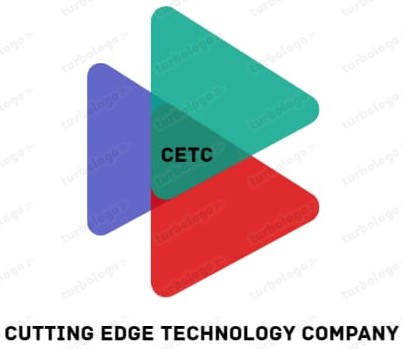The Internet of Things (IoT) is revolutionizing the healthcare industry by enabling the development of connected medical devices and systems that enhance patient care, improve operational efficiency, and facilitate remote monitoring. IoT technologies are transforming how healthcare providers deliver services, manage resources, and engage with patients.
One of the most significant applications of IoT in healthcare is remote patient monitoring. Wearable devices, such as smartwatches and fitness trackers, can collect vital signs, activity levels, and other health metrics in real-time. This data can be transmitted to healthcare providers, allowing them to monitor patients’ health remotely and intervene when necessary. Remote monitoring is particularly beneficial for managing chronic conditions, as it enables proactive care and reduces the need for frequent hospital visits.
IoT also enhances patient engagement and education. Mobile health (mHealth) applications allow patients to access their health information, schedule appointments, and receive reminders for medication adherence. These tools empower patients to take an active role in managing their health, leading to improved outcomes and satisfaction.
In addition to patient monitoring, IoT technologies can optimize hospital operations. Connected devices can track the location of medical equipment, ensuring that staff can quickly find what they need. Asset management systems can reduce equipment loss and streamline workflows, improving overall efficiency in healthcare facilities.
Data analytics plays a crucial role in leveraging IoT data for better decision-making. By analyzing the data collected from connected devices, healthcare providers can identify trends, assess treatment outcomes, and improve clinical protocols. This data-driven approach facilitates evidence-based care and enhances the quality of services provided to patients.
However, the integration of IoT in healthcare also raises concerns about data security and privacy. Medical devices collect sensitive patient information, making them potential targets for cyberattacks. Healthcare organizations must implement robust security measures, including encryption, access controls, and regular software updates, to protect patient data and ensure compliance with regulations such as HIPAA.
Interoperability is another challenge in the adoption of IoT in healthcare. Different devices and systems may not communicate seamlessly, hindering the flow of information. Developing standardized protocols and promoting collaboration among manufacturers can help address these issues.
In conclusion, IoT for medical health is transforming the healthcare landscape by enabling remote monitoring, enhancing patient engagement, and optimizing operations. As technology continues to evolve, the potential for IoT to improve patient outcomes and streamline healthcare processes will only grow. By addressing security and interoperability challenges, the healthcare industry can fully harness the benefits of IoT technologies.
